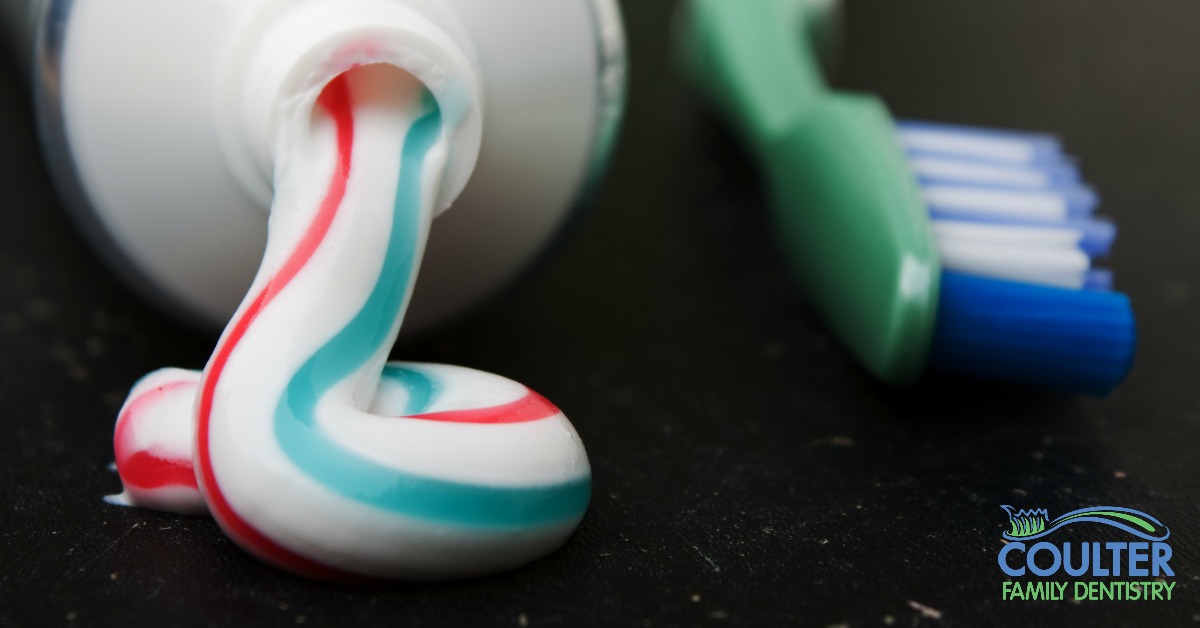
Fluoride – Whats the Deal?
“Water fluoridation is the greatest public health initiative of the 20th century”
“Water fluoridation causes bone disease, infant mortality and brain damage”
Water fluoridation is in constant controversy on Facebook and other media outlets. It is seen as a great accomplishment by some and excessive government control by others. WE are going to take a look at this controversy and assess it “snopes style”.
What is Fluoride?
FluorINE is #9 on the periodic table and exists as a highly toxic, pale yellow, diatomic gas. It is nasty stuff. Typically when people refer to the dangers of fluorIDE they are actually referencing fluorINE. FluorIDE the simplest anion of FluorINE. Fluoride salts are important chemical reagents and are found naturally in our water supply. Fresh water supplies generally contain between 0.01–0.3 ppm.
One of the wonders of chemistry is that an element may be incredibly toxic or reactive by itself but unbelievably safe in compound with something else. An example of this is table salt, NaCl. The Na stands for sodium and the Cl for chlorine (cue high school chemistry flashbacks). Salt it great, it’s great on steaks and essential for any potato chip. Sodium by itself is not so great. It is a highly reactive metal that explodes when it comes into contact with water. So in chemistry we should not judge things based on the individual components but as a sum total of all the parts. See the demo in this youtube clip if you need more proof.
What is added to our water?
Hopefully not sodium, because that would be a big mess. The three additives used for water fluoridation are Sodium fluoride, Fluorosilicic acid and Sodium fluorosilicate. The U.S. Environmental Protection Agency (EPA) has authority over safe community drinking water, as specified in the Safe Drinking Water Act. All additives, including fluoride additives, must meet strict quality standards that assure the public’s safety.
How much fluoride is added?
The U.S. Department of Health and Human Services recommends a level of 0.7 milligrams per Liter (mg/L) of fluoride in your drinking water. If you live in Knoxville your water is definitely fluoridated. If you have well water or draw it from a stream, the fluoride content is between 0.01 ppm and 0.7 ppm fluoride. KUB, First Utility and West Knox Utility all fluoridate their water to the 0.7ppm level.
Once I drink fluoridated water, what happens?
First, let’s review teeth and decay. Teeth have a hard outer coating of enamel that protects the tooth from cavity causing bacteria and acidic erosion. The enamel is the hardest substance in the body. Around 96% of enamel is a substance known as hydroxyapatite. Brace yourself, we’re about to get technical. Hydroxyapatite is a crystalline calcium phosphate. If the fluoride is incorporated into the hydroxide anion the resulting hydroxyapatite is much stronger and much more resistant to decay.
Teeth can repair damage to a certain degree but damage beyond that cannot be repaired by the body. They are in a constant state of demineralization and remineralization as bacteria and acids attack the enamel and its hydroxapatite.
When your teeth are attacked and hydroxyapatite demineralizes it can remineralize as a stronger compound if fluoride is incorporated. This changes the hydroxyapatite to fluorapatite. The presence of fluorapatite helps prevent decay because it does not dissolve in the acids produced by bacteria in the mouth.
Fluoride is beneficial when used topically and systemically. When teeth are forming below the gums, fluoride taken in from foods and beverages is incorporated into the enamel. Stay with us for this next brain buster, topical fluoride therapy is also achieved through systemic consumption. By drinking fluoridated water, the fluoride is incorporated into your saliva, constantly bathing your teeth in a low concentration of fluoride.
Is there any proof?
Numerous studies show that fluoride in community water systems prevents at least 25 percent of tooth decay in children and adults. This is still true today where fluoride is widely available from sources such as fluoride toothpaste. Many people on the anti-fluoride side have stated that fluoridation policy is based on old science. In 2015 the International Dental Journal released a 4 yr study on community water fluoridation. Here is the obligatory attempt at a citation: Blinkhorn, A. S., Byun, R., Mehta, P., & Kay, M. (2015). They found that children living on fluoridated water have around half the number of DMFT (decayed, missing, filled teeth). Anyways, here is the graph that tells it all:

Is it expensive?
A quick Wiki grab sums this up. The cost of adding fluoridation to the water of 44 Florida communities has been researched by the State Health Office in Tallahassee. In communities with a population of over 50,000 people, fluoridation costs were estimated at 31 cents per person per year. The estimated cost rises to $2.12 per person in areas with a population below 10,000.
So what does all this mean?
While fluorine is very dangerous, the fluoride compounds added to our water are subjected to many rules and regulations concerning concentration and purity to ensure public safety. It is undeniable that the chemistry of fluoride works. It works systemically and topically to make teeth stronger and more resistant to the bacteria that cause dental decay.
Fluoridation is similar to food fortification and enrichment. Other examples of this are found in the addition of iodine to table salt; vitamins to fruit drinks, milk, and various kinds of pasta; and vitamins and minerals to breakfast cereals and bread.
After having an honest discussion it is clear that water fluoridation is safe, inexpensive and effective. Our legislators for Knoxville and Tennessee understand this and have elected to continue community water fluoridation. Some people may feel that this is an intrusion of government into their private lives and that is understandable. That is also the beauty of America, we have the ability to be heard through our votes. Just remember one thing, you probably love that table salt on a juicy steak, but by eliminating one part of that salt compound your head would explode at first bite.



